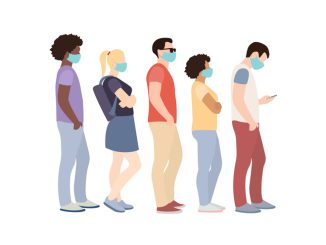
As reported by RCGP, the latest figures reveal a surge in patient appointments, while the number of qualified GPs remains insufficient, putting pressure on the healthcare system
“While the use of remote appointments such as telephone, video or online tools is becoming more commonplace, the majority of GP appointments remain face to face – during August over 19 million appointments were delivered in person by GP teams. We know some patients prefer seeing their GP in person, and many GPs prefer this way of consulting, but some patients find remote care a convenient and effective way of accessing GP services.
“These latest figures show, yet again, the worrying state of general practice. We are dealing with over 20% more appointments per month than in August 2019 – all with 883 fewer fully qualified, full-time GPs than in December 2019. The average number of patients per GP in England is now an overwhelming 2,279 – an increase equivalent to an extra 136 patients per GP since the end of 2019.
“Not only have GPs seen a substantial increase in their workloads – processing nearly 5 million more appointments than in August 2019 – we have also seen the nature of appointments become more complex. A growing number of patients now need care for multiple or chronic conditions, and many are presenting to GPs with concerns and conditions linked to the cost-of-living crisis.
“There is still hope that this situation can be turned around. We need to see immediate action that addresses the workforce and workload pressures within general practice. The government’s recent workforce plan has committed to increasing the number of GPs in the future but we need urgent action to ensure safe and timely access to general practice now. We need a fully-funded national retention scheme and measures to cut the amount of time that GPs have to spend on bureaucracy if we want general practice to survive and our patients to receive the care they need and deserve.”



Be the first to comment